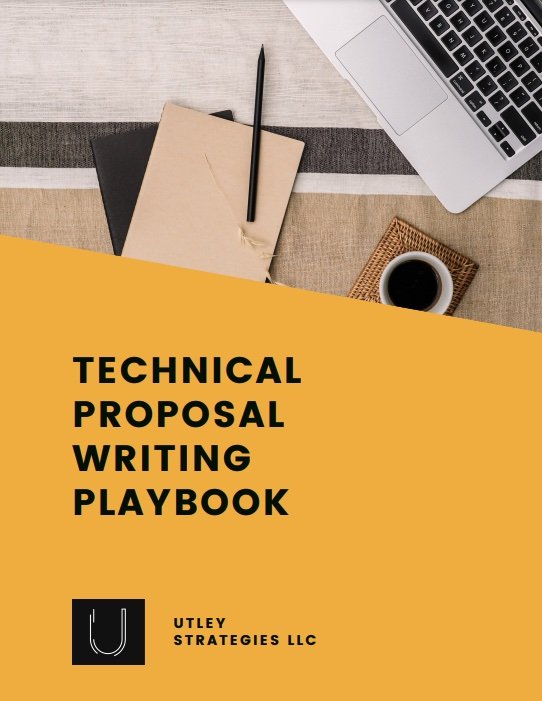How to Write a Project Proposal: An Easy 5 Part Structure
When you’re asked to create a proposal for a new project, you likely have no idea where to start. Whether it’s an internal project or a project for a potential client, there are a few key sections to include in your proposal. Let’s take a look at those in depth.
Project Summary
The project summary is typically a 2-3 paragraph summary that describes the objectives and goals of the project. (This is different from an executive summary, which you can include if it’s a lengthy document.) It is key when writing the summary to keep in mind who will be reading your proposal. Ideally, this summary will outline the benefits to the reader for why they should approve the project.
For example, if you’re proposing a new project with a potential client, highlight what they will receive at the conclusion of the project. If you’re rolling out a new technology, for example, then the benefit of working with you may be time savings for employees, a streamlined process for completing certain tasks, reduced overhead, improved communication, and so on.
For internal projects, the benefits will focus on how it improves your organization. Cost savings is always a big sell as well as increased revenue. Other benefits you might highlight for internal project proposals include improved customer experience, increased employee engagement, time savings, reduced resources required for a certain task, and so on.
Whether internal or external, always make sure the benefits you highlight are important to the person who has to approve the project.
Scope of Work
Scope of work is where you get into the details of the project. Here you will outline your approach to the work and how it will achieve the goals you outlined in the project summary. The scope of work section will look different based on the type of project you’re proposing, but there are two key sections to always include: deliverables and schedule.
Deliverables
Deliverables is where you outline what is being created as part of the project. For example, if the project is for a company rebrand, the deliverables might be a new logo, updated marketing templates, and new office signage. Deliverables for construction projects are often milestones that have to be completed by certain deadlines, such as procuring materials, demolition, etc.
Your deliverables may be tangible, like a new logo or 15,000 laptops, or less tangible, such as a strategy presentation or recommendations for a path forward. Be very clear with this section to ensure expectations are aligned.
Schedule
Schedule is a key part of the scope of work. In this section of your proposal, you will create a proposed timeline to complete the items that you detailed earlier in the scope of work. The schedule might be as detailed as daily or weekly items or it may be larger milestones that are to be completed every few months. It depends on the complexity of your project, but always make sure the schedule is realistic.
As a rule of thumb, estimate tasks to take about 15% longer than you expected (25-30% to be extra safe). This will allow you to complete the project early or at the very least, on time, which will result in a more successful project.
The exception to this is if you’re responding to an RFP or the approver has a specific timeline that they have to adhere to. In this case, follow their schedule and make note of any unusual items that will have to be completed to meet their deadline (i.e. you need certain resources or items to complete the project).
Optional: Risks & Client Deliverables
Some project proposals include two additional sections: risks and client deliverables.
The risks section is more common with internal project proposals. Here you address any concerns that leadership may have with the project and outline how you will mitigate those risks to ensure project success. For example, if a risk is gaining buy-in from a certain team and you already have that buy-in, you can describe that here.
The client deliverables section is for external, sales proposals. Here you identify any deliverables that you will need from the client. For example, if you’re printing t-shirts for a company outing, you will need the logo and final content from the customer to print these on schedule.
Out of Scope
Out of scope is a key but often overlooked section, especially in project proposals. This sections is where you will outline work that is not part of this project.
Using the t-shirt example from above, you might note that printing logos on items that are not t-shirts is outside the scope of work (i.e. pens, notebooks, hats, etc.). The scope would have to be amended in order to do that work.
The goal with this section is to reduce scope creep and enable a successful, clearly-defined project. If you keep adding items to the project that you didn’t originally envision as part of the scope, then the project will drag on leaving most everyone unhappy.
Key Personnel/Resources Needed
Every project has resources that are essential to completing it. If you primarily need people, you can provide an overview of the types of people needed to complete the project. For external proposals, here you will highlight your team members.
If additional resources are needed, such as access to certain technologies or building materials, then you will need to detail these in this section. If it’s a sales proposal, however, you likely don’t need to detail all of the materials unless they have to provide them (see above) -- the customer just wants to know you can do the job and achieve what you say.
Financial Information
Lastly, provide the financial information required to complete the project.
For internal projects, this is where you ask for a certain budget for the project to achieve its goals and ensure you have enough resources.
For external projects, here you will detail the cost to the customer to complete the project.
Next Steps for Project Proposals
Whether internal or external, this overview gives you a starting point for the key sections to include within your project proposal. The final document will vary based on your project, but every proposal will include these key sections.


